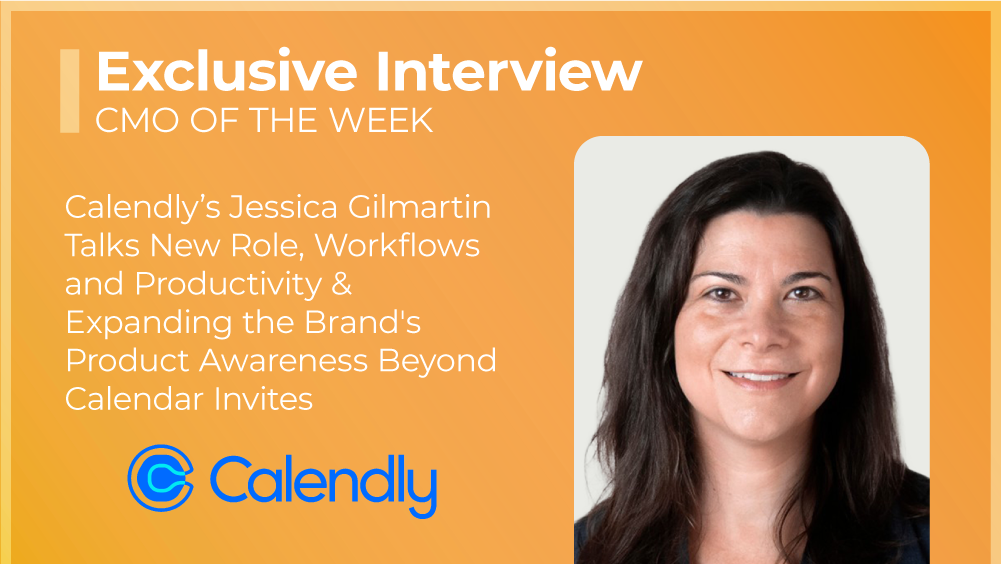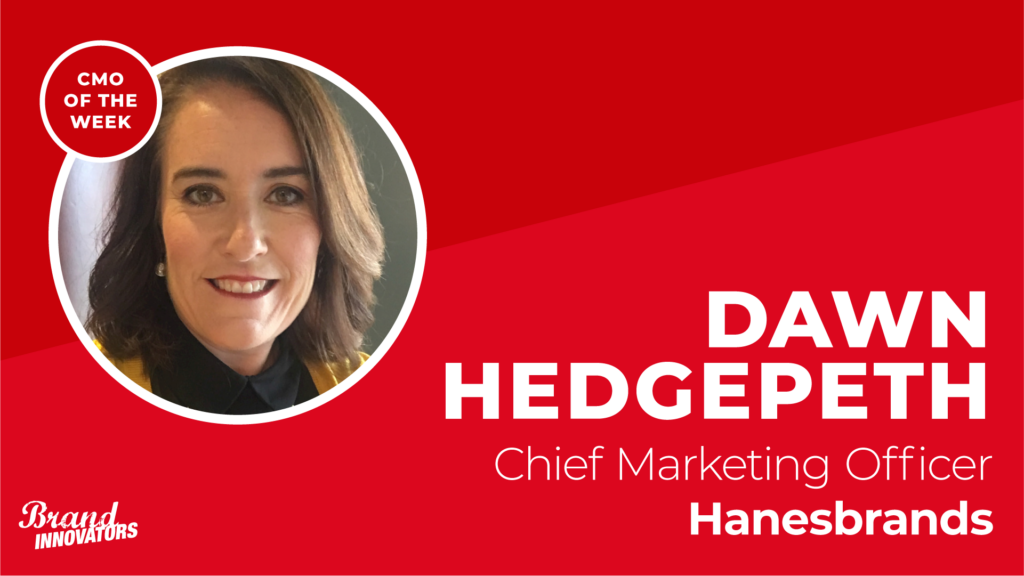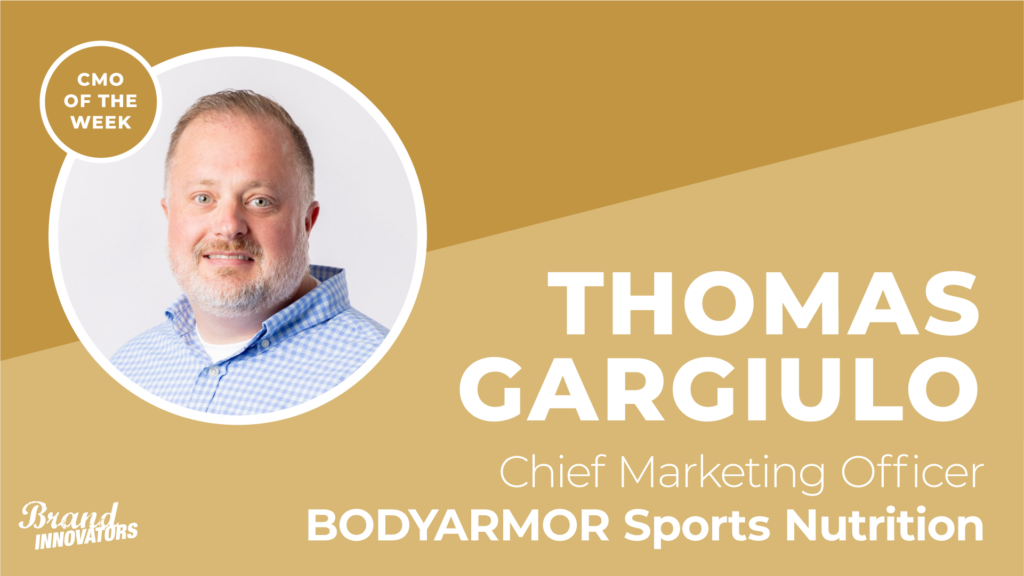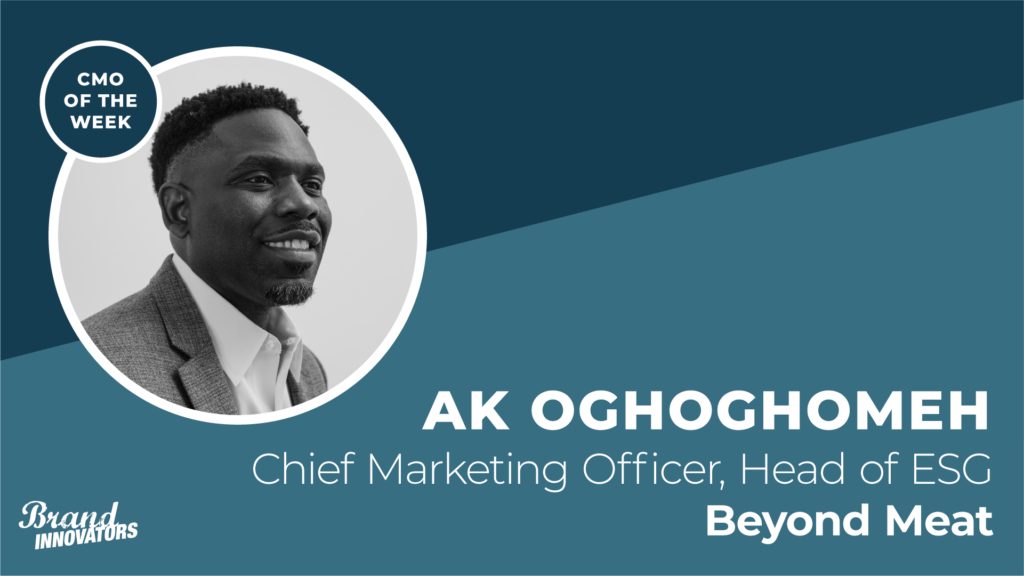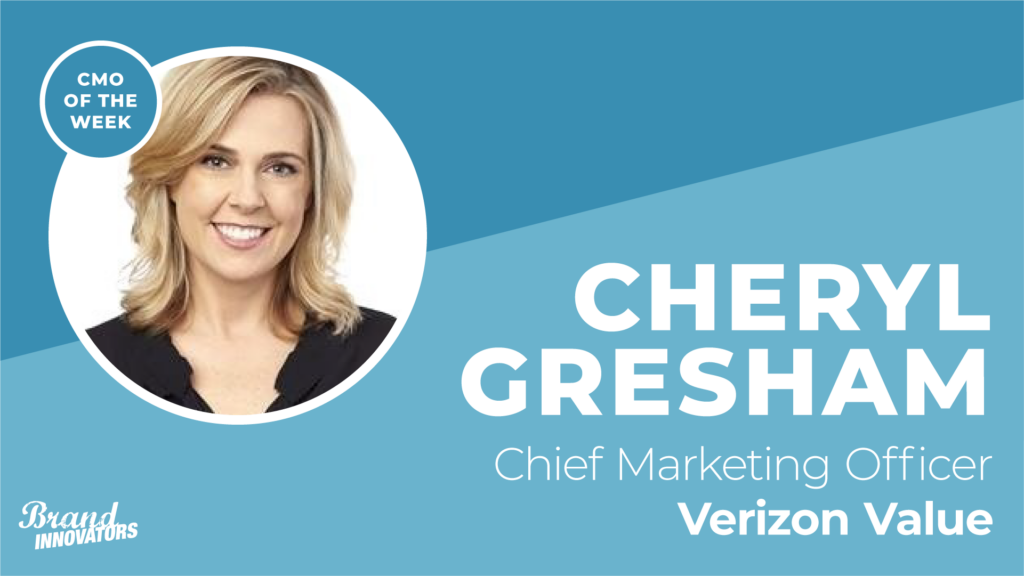Jessica Gilmartin joined Calendly as chief marketing officer in January, where she is leading the company’s sales, marketing, customer success, and recruiting teams in order to drive growth. Gilmartin was drawn to the role as she loves the productivity space.
“It’s a gift to market a product that users love, as much as they love Calendly,” says Gilmartin. “What I really enjoy about the productivity space is that it brings people together. It brings teams together. It makes things that people use every single day, so much better. People tell me stories of all the amazing things that Calendly has helped them do and all the ways that it has changed their lives.”
Calendly saw tremendous growth in 2022, acquiring Prelude and launching features such as routing forms, analytics and a browser extension for LinkedIn. The company’s Teams and Enterprise Plan has also doubled the number of customers spending more than $100,000 per year on its platform and services.
“Everybody knows Calendly as a scheduling link, but we are so much more,” says Gilmartin. “We’re really moving towards really supporting incredibly complex workflows in enterprise companies and very few people actually know that. That’s what gets me excited, is taking what everybody thinks they know about Calendly and really, completely changing that.”
One new feature includes Calendly Routing, a tool that is designed to help improve the process of funneling leads to sales people. When a prospect comes to a client’s website, they fill out a form in Marketo or HubSpot and immediately gets qualified so that sales can connect in real time.
“As a marketer, I like to tell stories and hear stories,” adds Gilmartin. “For me, the story our team told around Calendly Routing across our social media and blog, in sales enablement materials, via video, and with the press, was very focused on our customers, and the clear ROI they saw from adapting to a new way of working. I enjoy being able to share those value stories and create opportunities for companies to learn from each other.”
Prior to joining Calendly, Gilmartin was head of revenue marketing at Asana. She also served as CMO of Honor, one of the largest privately-owned home care companies in the U.S. and Piazza, an online college recruiting platform. Brand Innovators caught up with Gilmartin from her office in the Bay Area to talk about the new role, workflows and productivity, as well as expanding the brand’s product awareness beyond calendar invites. This interview has been edited for length and clarity.
What is your vision as CMO and how is this showing up in your creative?
The thing that I care most about is respecting and honoring the history of Calendly, and how people know it, but trying to evolve the brand and trying to move it. When a salesperson, a marketer, a recruiter thinks about the productivity suite of tools, I want them to think of Calendly. I want them to realize and understand that Calendly is a critical component of their daily workflows and that we can solve these really complex problems for them.
Historically, we focus a lot on time savings. In this new world, what we need to focus on is business value and ROI. So what are we doing to drive real tangible value across the entire organization? And why does Calendly make sense as the backbone of every single person that interacts with anybody externally? A lot of what I think about is really bringing that vision to life with senior decision makers.
Calendly has the best viral motion of any product to tech, it is literally unbelievable how viral it is. Somebody gets a link, and they are blown away by the experience of how easy it is and then they sign up. And then it just keeps sharing and spreading and spreading that way. But the challenge is then how do you take those active engaged users and turn them into champions and turn one user into a team using it into a department using it into a whole company using it. So that’s the vision that I have, really highlighting that some of the world’s largest companies use Calendly in really sophisticated ways.
How are you telling that story?
One of the first things we’re doing is really unifying the acquisition process and saying, what are the calls-to-action? How do we get people to the right content with the right call-to-action? We’re thinking a lot about personalization with a lot more intelligence around who people are and where they are in the process so that we can get them the right content and get the right call-to-action. Another thing we’re thinking is, once they’re an existing user, how do we surface all of that content? We know that there are certain features and there are certain paths that people take that create those really big aha moments. We want to figure out how to surface those more intelligently.
We’re also doing a lot more events and conferences. Recently, we were at a conference and a salesperson from an NFL team walked by our booth, and said, “I love Calendly” and gave the person at the booth a high five. She immediately started chasing him down the hall and peppering him with questions about his use case. He used it as a scheduling link. And after about 10 minutes, he realized there were actually these incredibly complicated workflows that Calendly can help with. He was really interested in talking more to our salespeople. How do we take that moment and build them at scale?
Can you talk about how you’re thinking about innovation?
Innovation is always rooted in the customer. We spend a lot of time thinking about the customers’ needs. What are they going through right now? What are their pain points? We know this is a challenging time for a lot of our customers. Recruiters are a really big customer of ours. We have millions of recruiters that use Calendly. We know this is a really tough time for recruiters. We thought a lot about how to support recruiters right now and we decided to put together our very first recruiting week. It was a three day series of eight webinars with 23 speakers. We had 15,000 registrants, which was crazy for us.
It was very clear that the content really resonated, because it was not about Calendly. It was about how recruiters can do their best work, how they can be better at their jobs and how they can advance their careers and manage through the complexity and the challenges right now. That’s the kind of marketing that I love to do, because it is really around how we make our customers’ lives better. When I think about innovation, it’s all about supporting our customer, thinking about them as human beings that are trying to do their best work and then giving them all the tools to make their lives better.
Can you talk about any challenges that the brand is facing this year and how you’re overcoming that?
Just like every other company, this is a tough time. This is a tough time in technology, there’s so much uncertainty, there’s a lot of headcount budget reductions. Like everyone else, we’re having to think a lot about retention. One of the big ways to combat that is really making sure that we’re demonstrating very clear ROI, both in the initial sale as well as every single day. You not only have to win that customer, but you have to win them every single day, providing great customer experience, demonstrating ROI, listening to them, building features that make sense for them, highlighting and showcasing the features that provide the most value. One of the things that we spend a lot of time on is really having a heavy focus on highlighting the ROI highlighting the features that create the most stickiness, highlighting the features that actually builds collaboration within teams. We know that when it’s not just one individual person using us, but when it’s teams that are using Calendly, we see such an increase in retention, expansion and satisfaction.
It can be really challenging with a product that has so many individual features of how you highlight the right ones and don’t create just an absolute overload of information. I actually think it’s really great. These moments where all of us have to work together to focus on the customer. I love it. Because I love priorities. I love forcing priorities. I love forcing everybody to really think about the work that is most impactful to the customer and the company.
Can you talk about your approach to leadership?
The core value that really resonates with me is striving for excellence. To me, that starts with empowerment. I love that word. I talk about that word all the time. The way about it is that my role as a leader is to give my team all the information they need to be successful. So I am definitely an over communicator. So I share executive priorities? What are the company priorities, and what I do is I set very clear goals and milestones. So I’m kind of obsessed with clarity and communication and OKRs, and KPIs. And then once I’ve given them all the information that needs to be successful, then I said really high standards, because I believe that everybody deserves to, to have something that they can reach to, and they deserve to work with, with their peers and their colleagues that also have really high standards for themselves and for others.
I give lots and lots of feedback. Maybe too much if you ask them about my team members. I give lots of positive and lots of constructive feedback. I basically see who can rise to the challenge. I really start with, what’s the information that they need to be successful? How do I make sure that they understand what success looks like? And then I really encourage and hope to inspire people to do their best work. Everybody should come to work every day knowing why their work is important and how their work impacts their company and their customers. To me that feels like the definition of empowerment.
